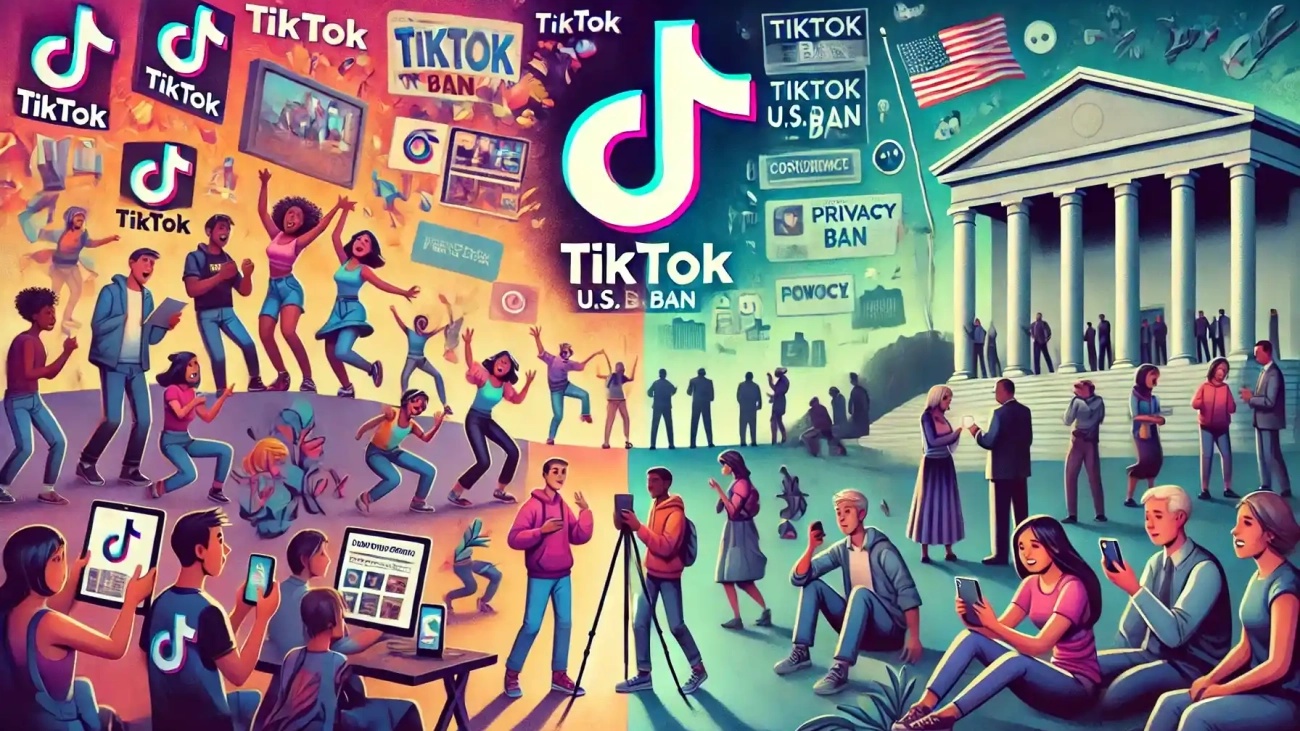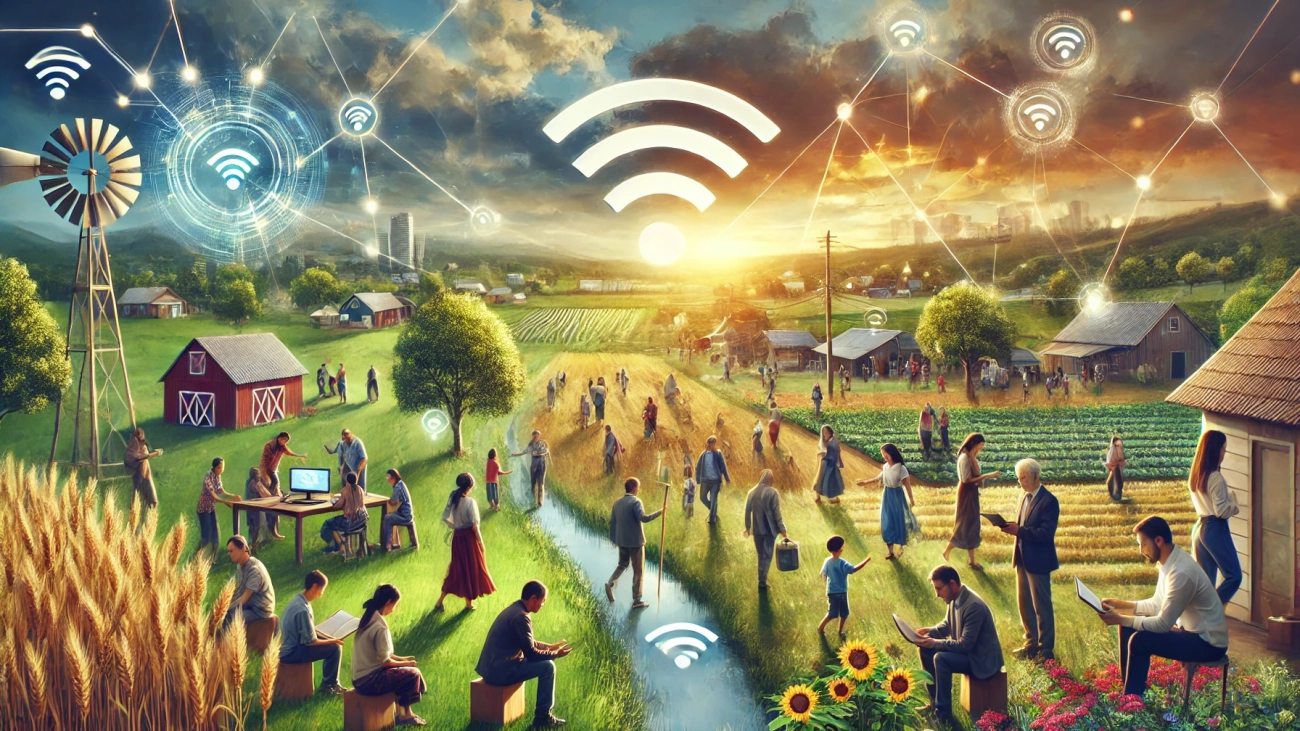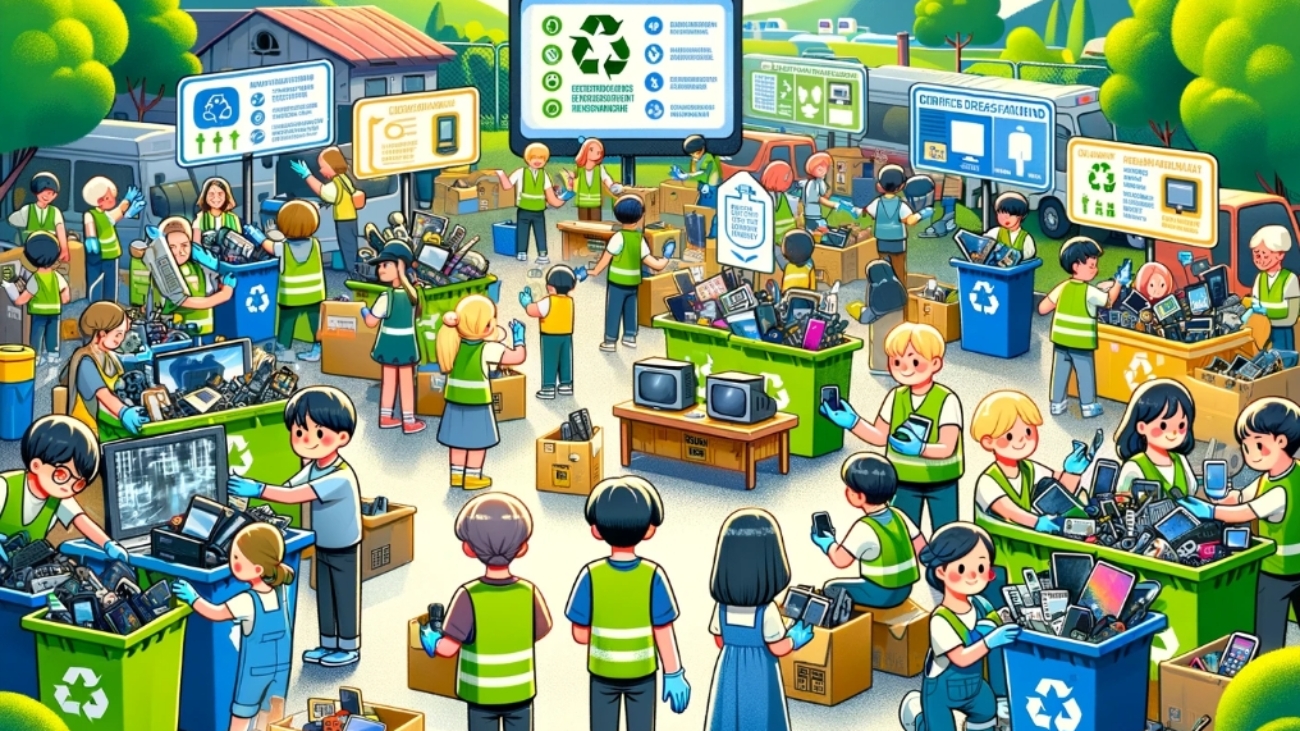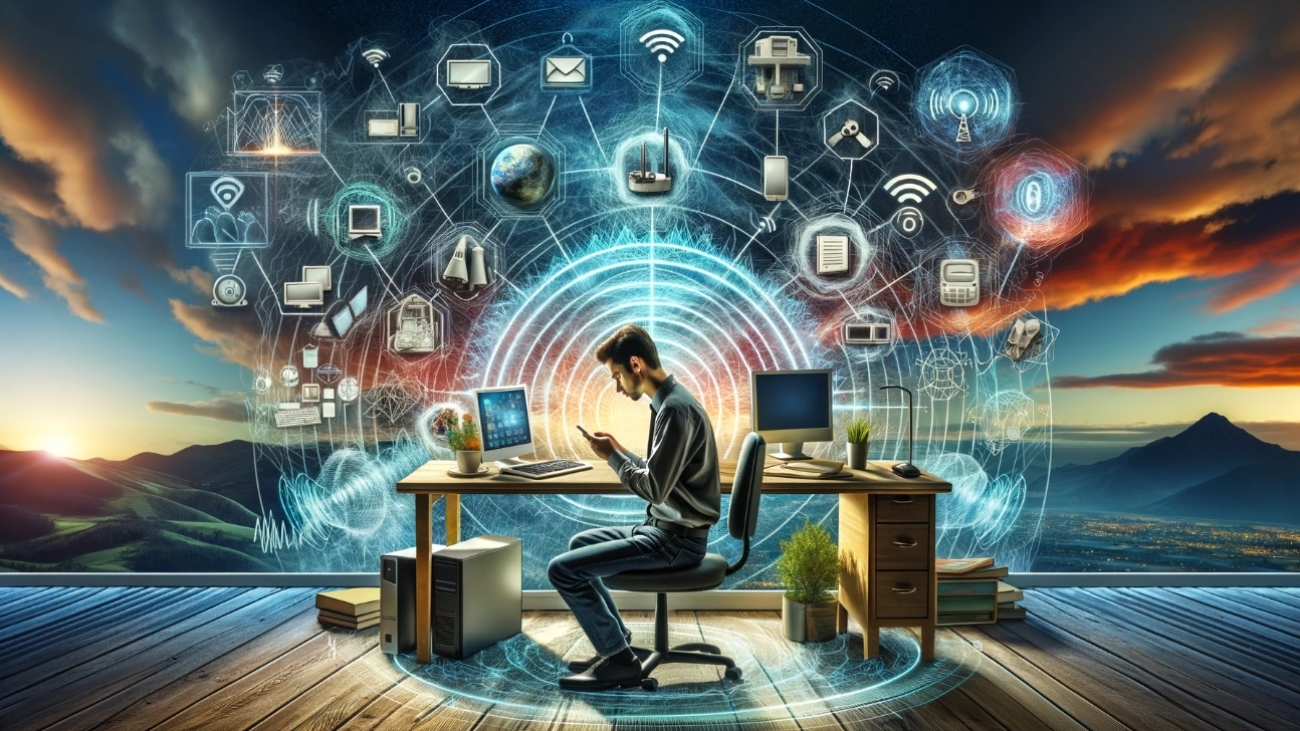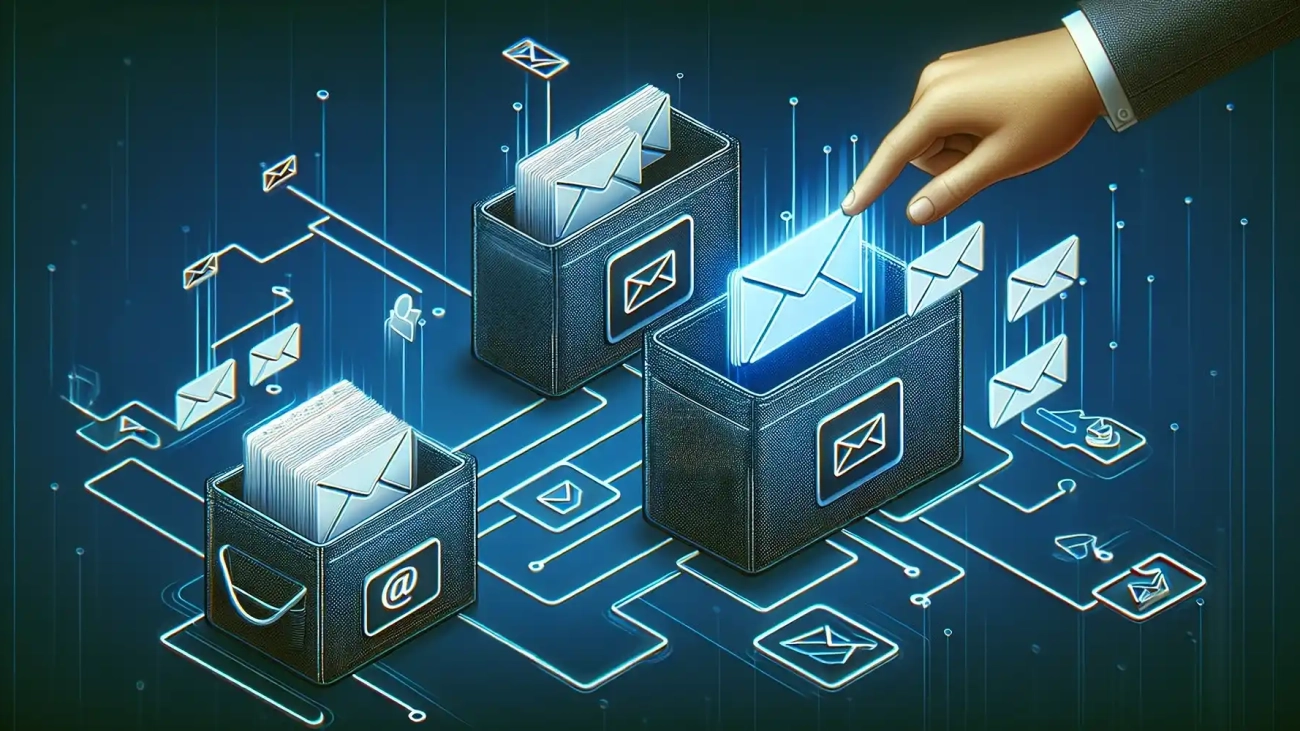Our first AI roundtable of 2025 surfaced essential conversations about the pace of AI, how to keep up, and what it means to integrate AI effectively. Participants expressed concerns, shared practical strategies, and explored tools that can help individuals and organizations stay informed and agile in an evolving AI landscape.
The Anxiety of Falling Behind
One of the biggest concerns raised was the feeling of “falling behind”—not just in AI adoption but in understanding how AI is being used by others. Participants worried about:
- Other organizations using AI better and gaining a competitive edge.
- Recognizing AI’s presence in their own workflows—how do you even know AI is being used?
- Maintaining expertise in a field where AI is rapidly reshaping processes, making it harder to answer key questions with confidence.
- Missed productivity and efficiency, particularly if AI isn’t being used effectively.
What Does Staying on Top of AI Look Like?
Rather than knowing everything happening in AI (an impossible feat), staying informed means developing an awareness—perhaps knowing “half of what’s happening” or at least feeling like you do. Tina shared a useful strategy: she maintains a dedicated mailbox for AI news, subscribing to Neuron and Super Human newsletters. She also connects regularly with those who are ahead of the curve, emphasizing that “it’s all there”—a reminder that the information is available if you know where to look.
Practical Steps for Simple AI Integration
The group highlighted a few ways to integrate AI without overwhelming yourself or your team:
- Check your existing tools—many already have AI integrations that can enhance productivity.
- Keep it simple—demonstrating efficiency with just one tool can be a significant win.
- Develop a policy or procedure—establish a framework for AI’s role in your work to maintain clarity and preparedness.
- Prepare your team—understand how your services are affected and anticipate when leadership might want to respond.
Looking Ahead: AI’s Role in Strategy and Reflection
As we wrapped up, we foreshadowed future discussions on AI’s continued evolution. A key takeaway: AI can help set the steps between where you are and where you want to go. Using AI not just as a tool for automation but as a means to prompt reflection and honesty can make all the difference in navigating its impact.
AI Tools to Explore
Participants shared useful tools to enhance workflows and AI adoption:
- Miro – for collaborative brainstorming and visualization.
- Fathom Notetaker – for AI-powered meeting summaries.
- Trainual – documentation, delegation, onboarding, and training in one platform.
- Scribe – for documenting and automating workflows.
This conversation is just the beginning. As AI continues to shape industries, our goal is to create a space for ongoing dialogue, reflection, and strategic action. Stay tuned for our next roundtable as we dive deeper into AI’s role in shaping the future of work.


